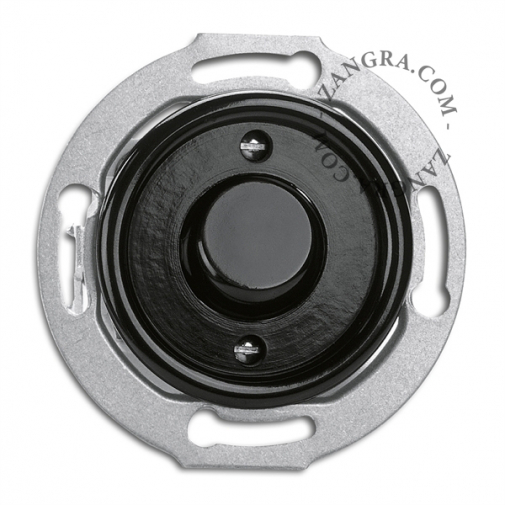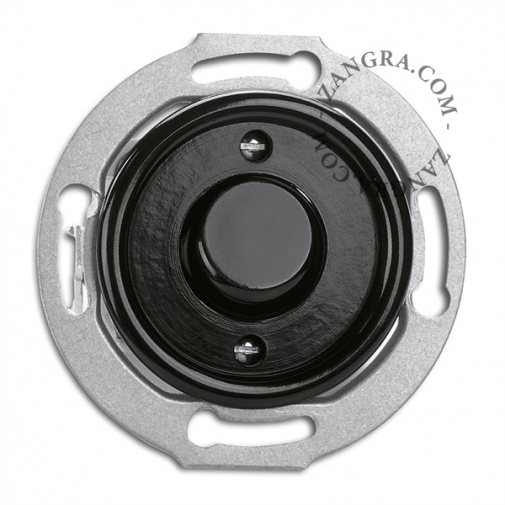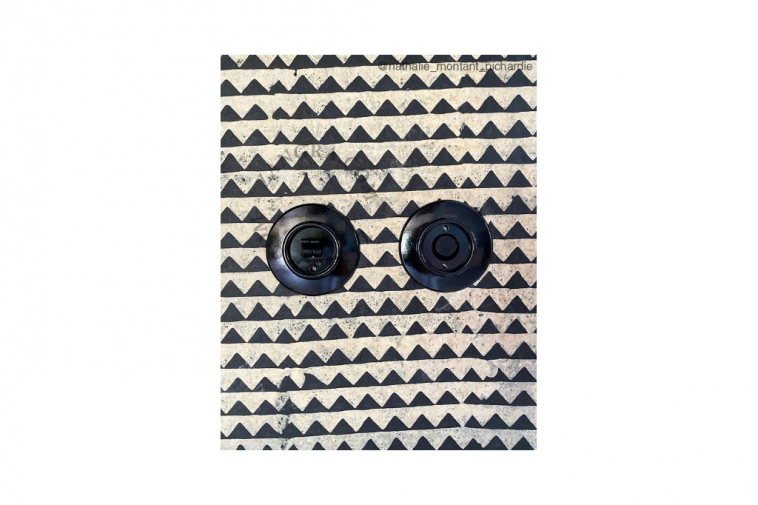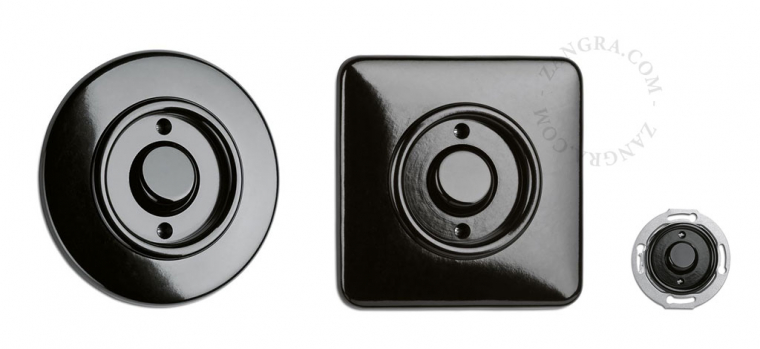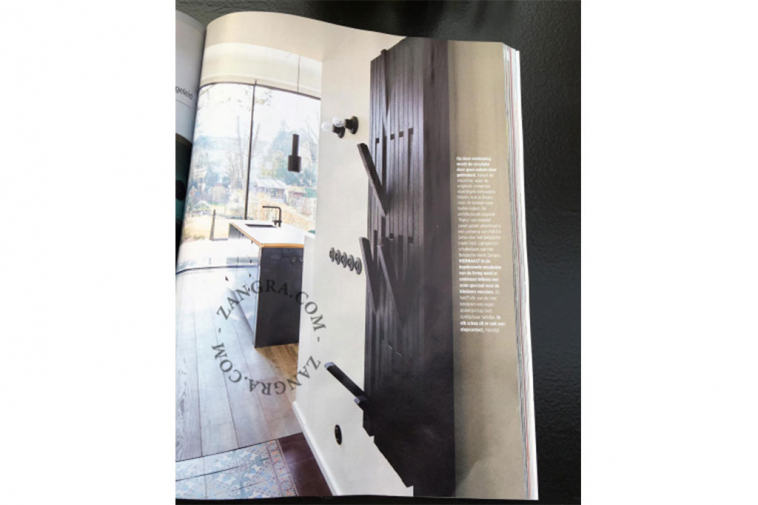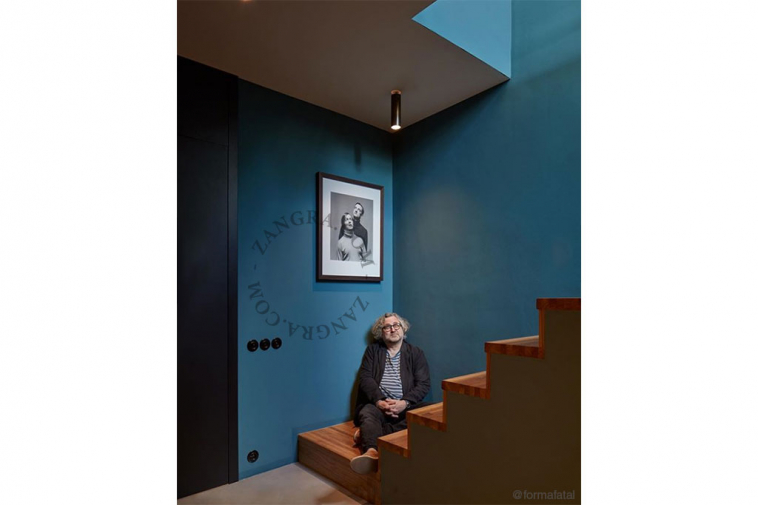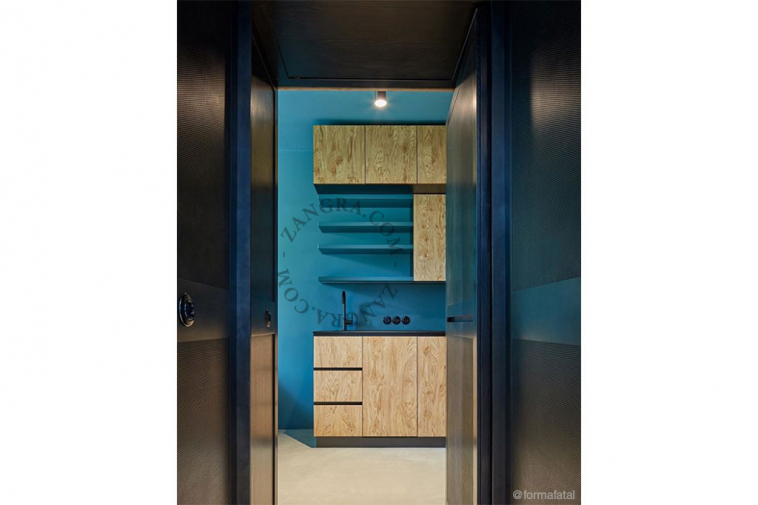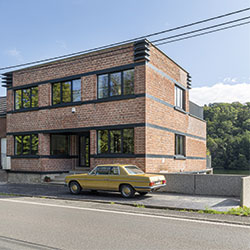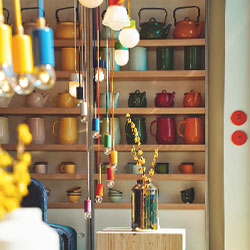black bakelite push-button
switch.008.011
$51.14
x
x
Technical Information
- 10A, AC 250V
- Rated power of the SBL (self-ballasted lamps) circuit up to 10A: max. 100W
- Duroplast central insert and compensator
Compatible with flush-mounting box (Ø70mm x 60mm).
OPTION 1: push-button
A push-button is not a normal switch. The electric current is only transmitted when the button is pressed (for example a doorbell).But if a push-button is used in combination with an impulse relay in the fuse box, then it can be used as a one-way switch, a two-way switch, a timer or a stairwell switch.
And if a push-button is used in combination with home automation then it can be used as a one-way switch, a two-way switch or a stairwell switch, a dimmer, a shutter switch, a doorbell button, a master switch, etc.
General characteristics push-button:
- Compatible with Ø 7 cm flush-mounted boxes. - Compatible with stairwell impulse relays.
- Compatible with home automation.
- Compatible with a timer.
OPTION 2: push-button with universal regulator
A push-button with a universal regulator becomes a classic switch with dimmer.
This configuration allows you to switch off, switch on and dim a light bulb.
If you install two push-buttons, they will function as two-way switches.
There is no limit to the number of push-buttons that can operate a circuit.
General characteristics push-button with universal regulator:
- This push-button is sold with a built-in regulator, to be placed in a 7 cm Ø flush-mounted box. - Load for incandescent or halogen bulbs: 4W-250W
- Load for dimmable LED bulbs: 4W-100W
- Light intensity memory. The light varies in intensity when the button is pressed and held for a long time.
What is bakelite?
Functional and aesthetic, bakelite is the ideal material for electrical engineering.Developed at the beginning of the 20th century by the Belgian chemist Leo Baekeland - from whom the term derives its name - bakelite is known for its heat-resistant properties, as well as its stability and high electrical insulation. Until the 1960s, bakelite participated in the elaboration and development of many technical innovations - such as the telephone and radio. For financial reasons, however, bakelite was gradually replaced by thermoplastic, which was less dense but also of a less comparable quality.
Today, in order to offer a quality alternative to thermoplastics, some factories located on the European continent are relaunching the production of bakelite, using traditional moulds and tools.
| EAN code | 4051094730546 |
| Material | Bakelite |
| Colour | Black |
| Diameter | Ø 8,2 cm |
| Marking | CE / VDE |
| Voltage | AC 250V |
| Protection marking | IP20 |
| Amperage | 10 A |

flush-mounting box
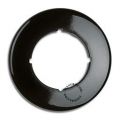
black bakelite cover for switches and sockets
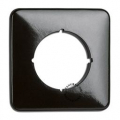
black bakelite cover for switches and sockets
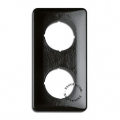
black bakelite double cover

black bakelite cover for 3 switches/sockets
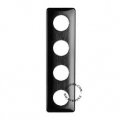
black bakelite cover for 4 switches/sockets
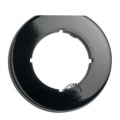
black bakelite cover for switches and sockets - outer

black bakelite cover for switches and sockets - central
